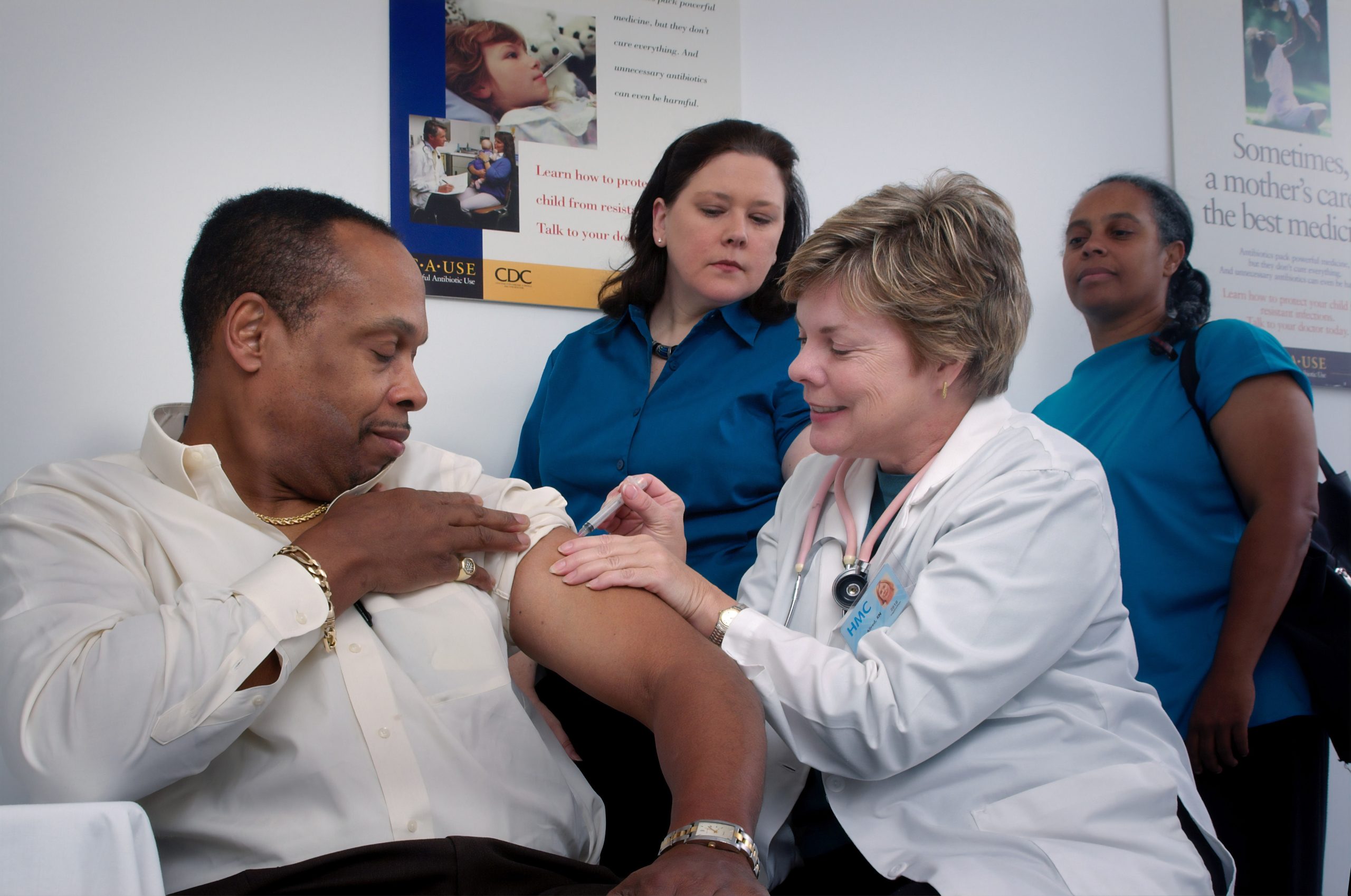Tuberculosis (TB) is a bacterial infection that primarily affects the lungs but can also spread to other parts of the body. It is a serious health issue that affects millions of people worldwide. Early detection and treatment are essential for controlling the spread of TB, and understanding the symptoms and diagnosis process is crucial. Here’s what you need to know.
Symptoms of TB
The symptoms of TB can be varied and are often similar to those of other respiratory illnesses. They can include:
- A persistent cough that lasts for more than three weeks
- Chest pain or discomfort
- Coughing up blood or mucus
- Fatigue
- Fever and chills
- Night sweats
- Loss of appetite
- Unexplained weight loss
It is important to note that not everyone infected with TB will experience symptoms. This is known as latent TB, and it can develop into active TB at a later stage.
Diagnosis of TB
There are several tests used to diagnose TB. These include:
- Tuberculin skin test: A small amount of a substance called tuberculin is injected under the skin, and the area is checked for a reaction after 48 to 72 hours.
- Blood test: A blood sample is taken, and a laboratory tests it for antibodies to the TB bacteria.
- Chest X-ray: A chest X-ray can show abnormalities in the lungs that may be caused by TB.
- Sputum test: A sample of mucus is taken from the lungs and tested for TB bacteria.
If TB is suspected, it is important to get tested as soon as possible. Early diagnosis and treatment can help prevent the spread of the disease to others.
Treatment of TB
TB is treated with antibiotics. The length and type of treatment depend on the severity of the disease, the strain of the bacteria, and other factors. It is important to take all the prescribed antibiotics as directed, even if you start feeling better before the medication course is complete. Failure to complete the full course of antibiotics can lead to drug-resistant strains of TB.
Prevention of TB
Prevention is key in controlling the spread of TB. Here are some steps you can take to protect yourself and others:
- Get tested if you think you may have been exposed to TB.
- If you have active TB, avoid close contact with others until your doctor determines that you are no longer contagious.
- Cover your mouth when coughing or sneezing.
- Wash your hands frequently.
- Maintain a healthy immune system through good nutrition, exercise, and rest.
In conclusion, TB is a serious health issue that affects millions of people worldwide. Early detection and treatment are essential for controlling the spread of TB. Knowing the symptoms and getting tested if you think you may have been exposed to TB is crucial. By taking steps to prevent the spread of TB, we can work towards eliminating this deadly disease.











